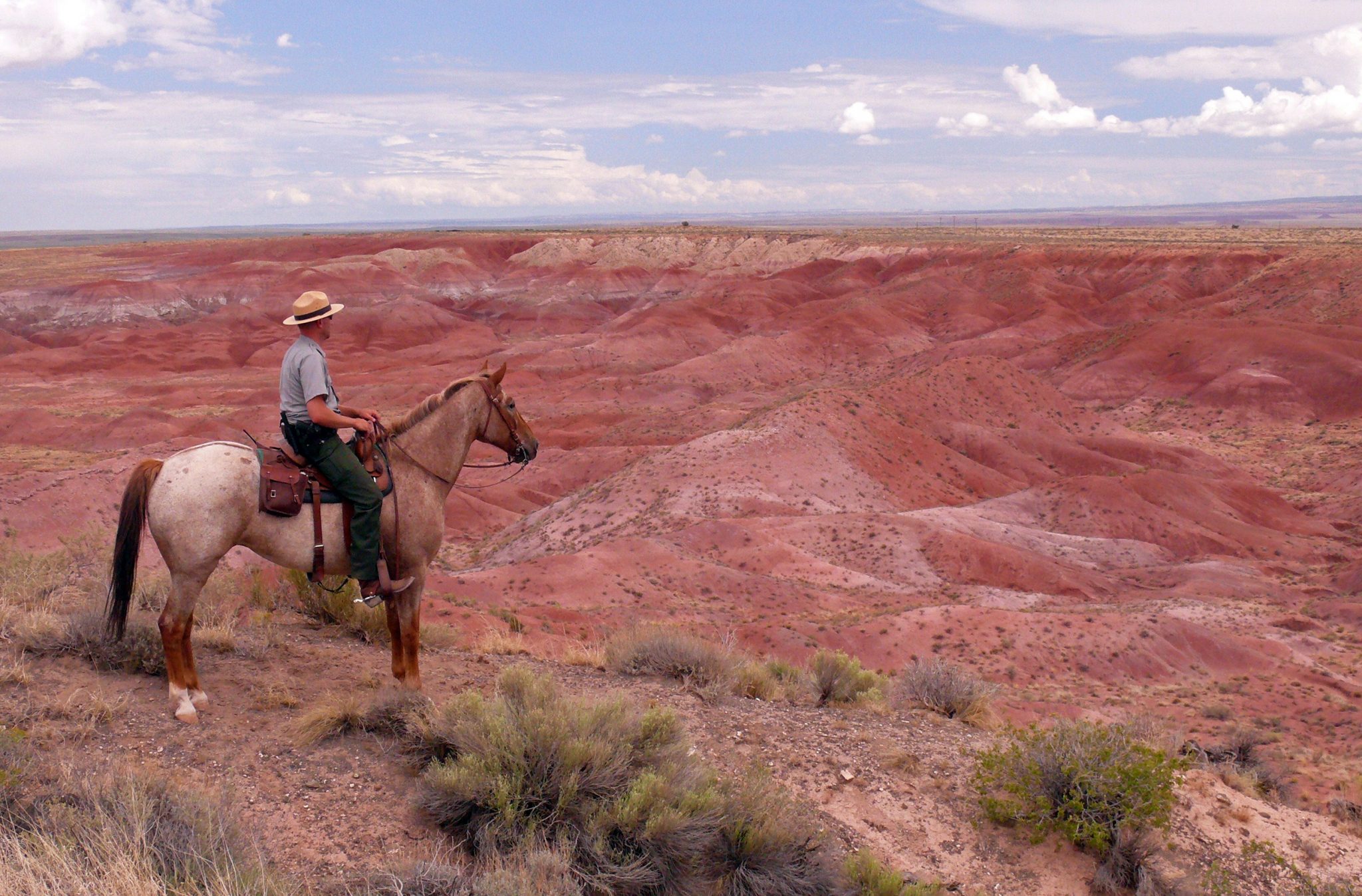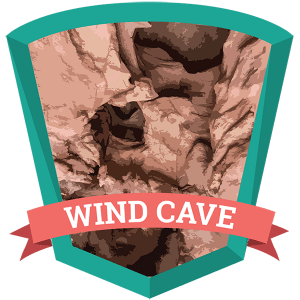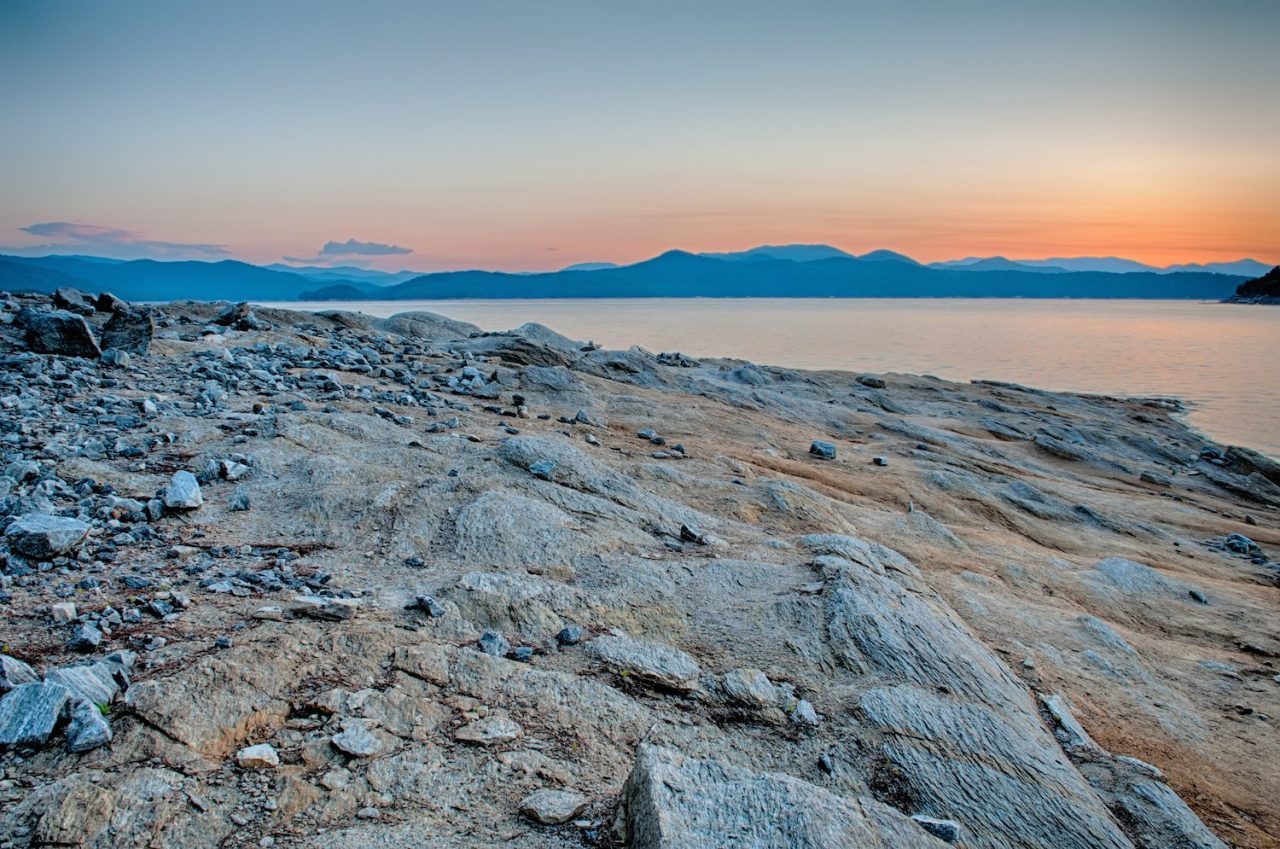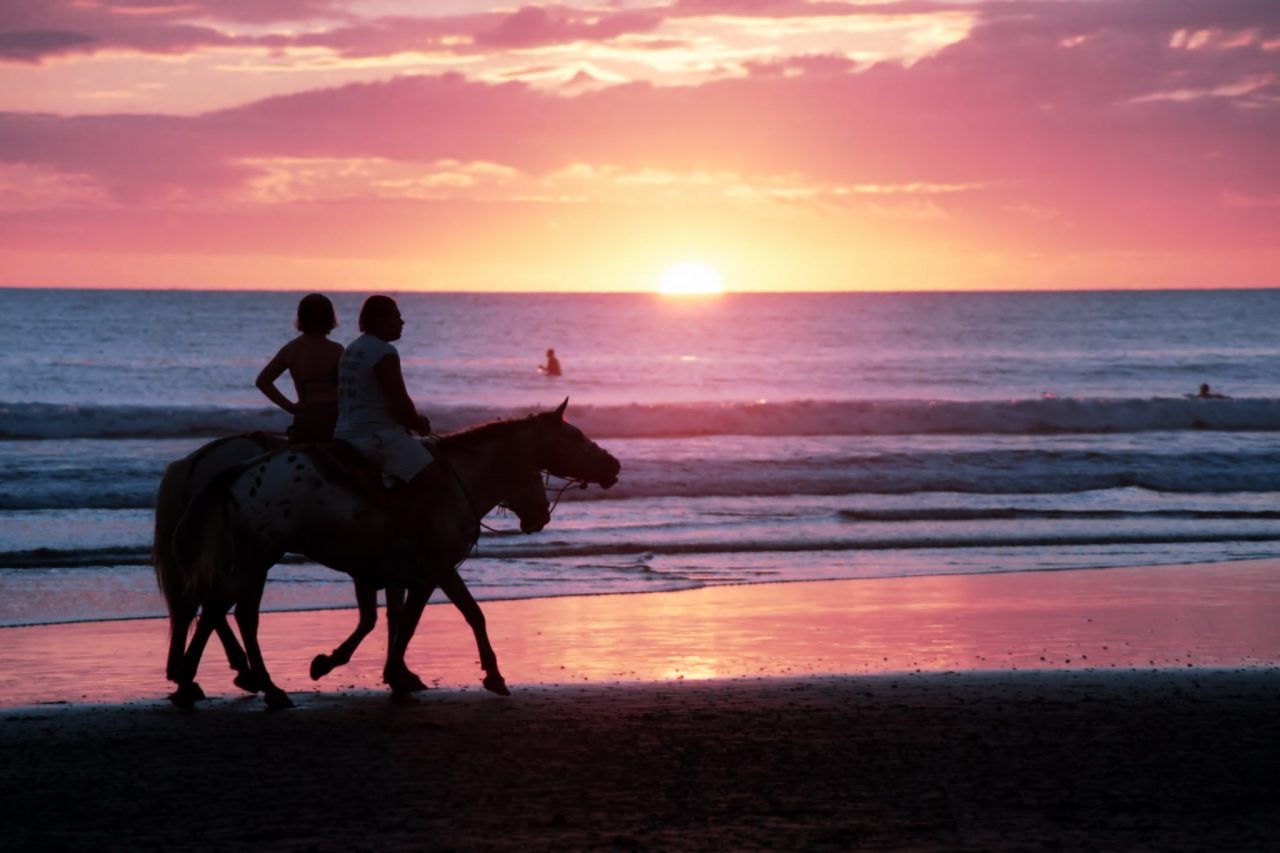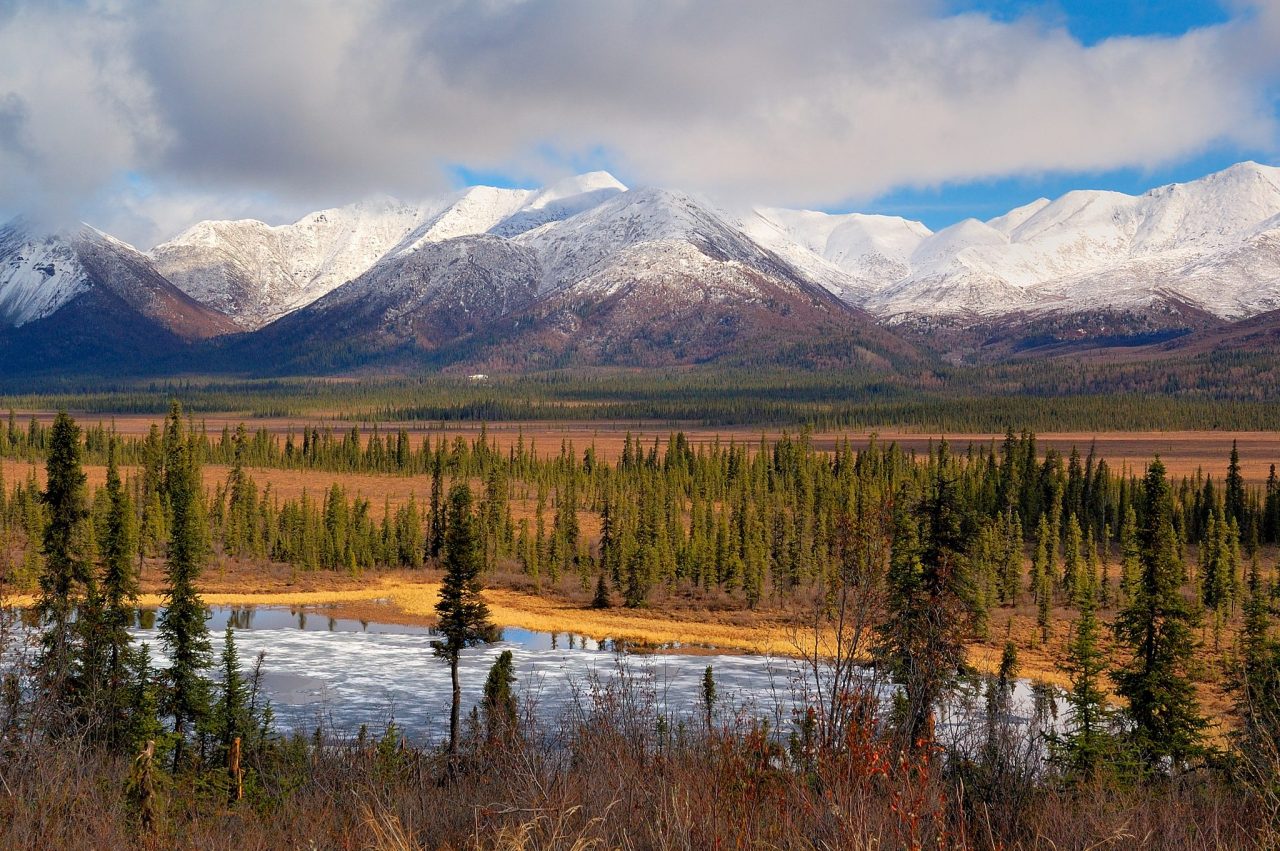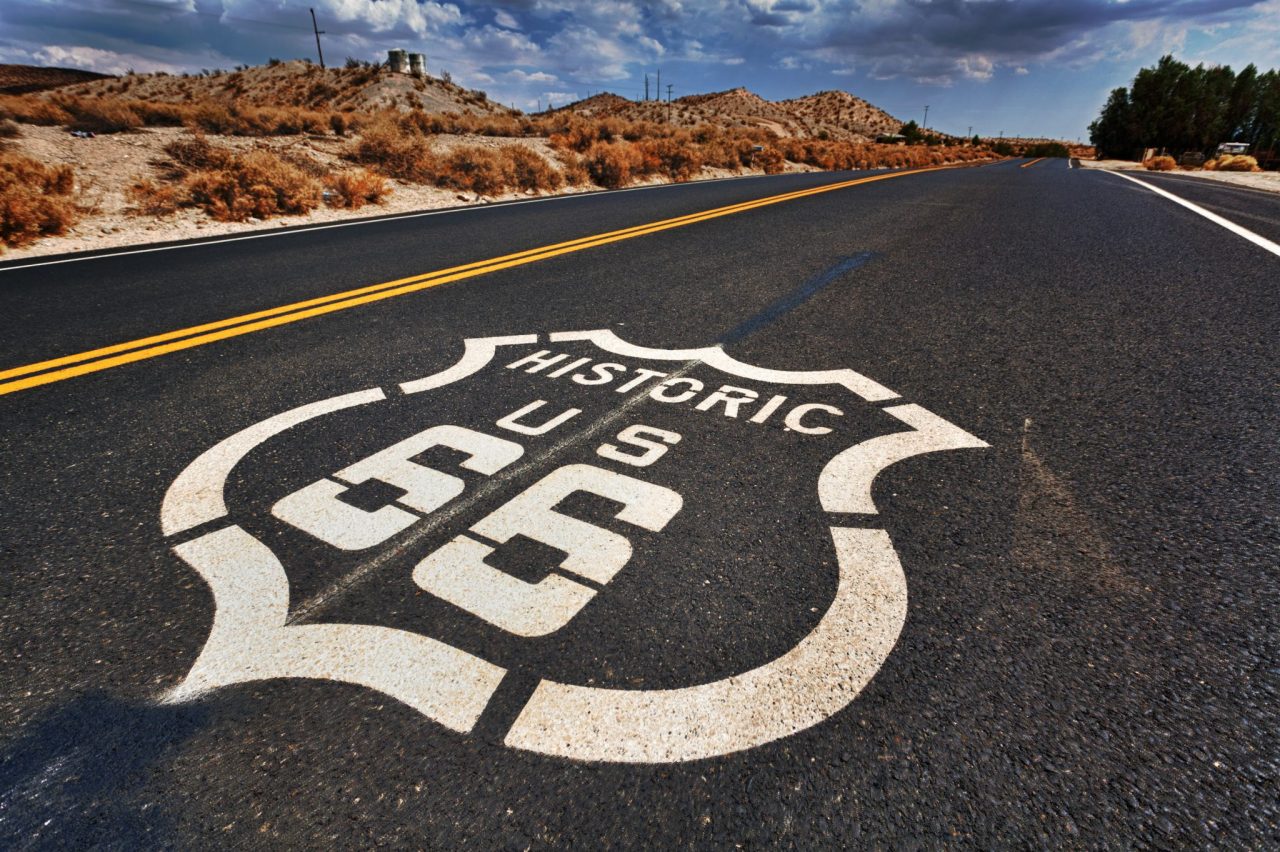As you drive the nation there are many national parks just waiting for you to visit. Some of our favorite western national parks are perhaps less well-known and quite worthy of a mention, and so, we suggest that you put them on your itinerary.
Petrified Forest National Park, AZ
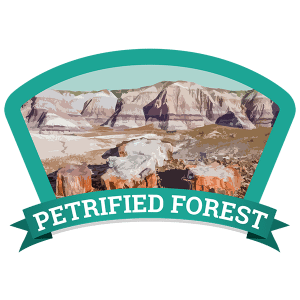 In Arizona, an easy access park as you drive between Phoenix and Albuquerque, you cannot go wrong with a visit to the Petrified Forest National Park. Go for the petrified wood, and go for the Painted Desert. These trees were living things more than 225 million years ago. Through the action of time and water, they have been changed to stone. It is a wonderful thing to view the unique landscape of stone trees, and to see them in all their beauty. Be sure to see Agate Bridge and Rainbow Forest. The Painted Desert offers incredible views of gorgeous colors, as you drive the park be sure to take your time and stop at the various turnouts. If you like hiking, be sure to do the Blue Mesa hike to savor the beautiful colors in that valley. Hint, it is beautiful under blue skies, but don’t let wet weather keep you from going: the subtle colors really pop on a rainy day!
In Arizona, an easy access park as you drive between Phoenix and Albuquerque, you cannot go wrong with a visit to the Petrified Forest National Park. Go for the petrified wood, and go for the Painted Desert. These trees were living things more than 225 million years ago. Through the action of time and water, they have been changed to stone. It is a wonderful thing to view the unique landscape of stone trees, and to see them in all their beauty. Be sure to see Agate Bridge and Rainbow Forest. The Painted Desert offers incredible views of gorgeous colors, as you drive the park be sure to take your time and stop at the various turnouts. If you like hiking, be sure to do the Blue Mesa hike to savor the beautiful colors in that valley. Hint, it is beautiful under blue skies, but don’t let wet weather keep you from going: the subtle colors really pop on a rainy day!
Redwood National Park, CA
 In California, if you want to see some big trees, ocean beaches, and a herd of elk, head for Redwood National Park. There, the Coastal Redwood trees thrive in the moist conditions offered by the Pacific Oceans. As a group, these Coastal Redwoods are the tallest trees in the world. The stillness and solitude of this park is impressive. By car, take the Howland Hill Road, a ten-mile scenic drive right through the stands of old-growth redwoods, along Mill Creek. Stop at Stout Grove for a half mile stroll through the grove of giant trees. See Enderts Beach and Crescent Beach. Take Davison Road to see the Roosevelt elk in Elk Meadow. Fern Canyon is a spectacular sight. Don’t miss the Kuchel Visitor Center, the parks largest, with many exhibits, a video about the park, and beach access.
In California, if you want to see some big trees, ocean beaches, and a herd of elk, head for Redwood National Park. There, the Coastal Redwood trees thrive in the moist conditions offered by the Pacific Oceans. As a group, these Coastal Redwoods are the tallest trees in the world. The stillness and solitude of this park is impressive. By car, take the Howland Hill Road, a ten-mile scenic drive right through the stands of old-growth redwoods, along Mill Creek. Stop at Stout Grove for a half mile stroll through the grove of giant trees. See Enderts Beach and Crescent Beach. Take Davison Road to see the Roosevelt elk in Elk Meadow. Fern Canyon is a spectacular sight. Don’t miss the Kuchel Visitor Center, the parks largest, with many exhibits, a video about the park, and beach access.
Great Sand Dunes National Park, CO
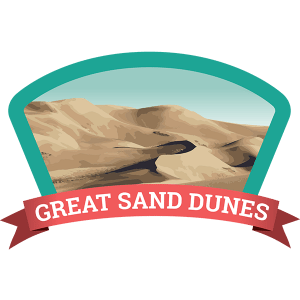 In Colorado, see the Great Sand Dunes National Park. The visitors’ center with its large terrace or verandah offer you a perfect vantage point to see and photograph the Great Sand Dunes, as they spread out before you rising as high as 750 feet. Moment by moment, they seem to be alive due to the changing effect of light and shadow on the dunes themselves, as well as on the backdrop of the Sangre de Cristo Mountains, including Mt. Blanca, the third highest peak in Colorado. For a closer experience, wade the creek. Climb the dunes and give yourself a challenging workout with those shifting sands under foot. Go at sunset and when the moon is full, for some out-of-this-world views of this natural wonder. Hint: before you enter the park, plan ahead and rent sand boards or sand sleds to play on the dunes.
In Colorado, see the Great Sand Dunes National Park. The visitors’ center with its large terrace or verandah offer you a perfect vantage point to see and photograph the Great Sand Dunes, as they spread out before you rising as high as 750 feet. Moment by moment, they seem to be alive due to the changing effect of light and shadow on the dunes themselves, as well as on the backdrop of the Sangre de Cristo Mountains, including Mt. Blanca, the third highest peak in Colorado. For a closer experience, wade the creek. Climb the dunes and give yourself a challenging workout with those shifting sands under foot. Go at sunset and when the moon is full, for some out-of-this-world views of this natural wonder. Hint: before you enter the park, plan ahead and rent sand boards or sand sleds to play on the dunes.
Glacier National Park, MT
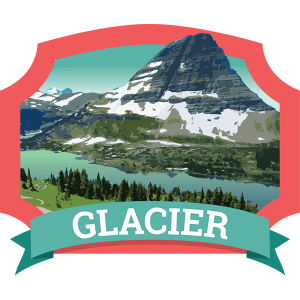 In Montana, go for the stunning remote beauty of Glacier National Park. The park is immense, with over 1 million square miles, and is tucked up against the Canadian border. The park’s most iconic view is Hidden Lake, with its mammoth backdrop of Bearhat Mountain. Drive the Going-to-the-Sun Road for 53 miles worth of access into the heart of the park, and traverse the continental divide at Logan Pass, (season and weather permitting). See St Mary Lake and Virginia Falls. Glacier National Park still offers views of glaciers, but many fewer than when it was named a national park in 1910. Avid and experienced hikers will take on the challenges of the Grinnell Glacier trail and the Iceberg Lake Trail; for an easy stroll, opt for the trail of the cedars. You will come home with memories of crystal clear lakes, jagged mountains, wildflower strewn meadows and grand forests.
In Montana, go for the stunning remote beauty of Glacier National Park. The park is immense, with over 1 million square miles, and is tucked up against the Canadian border. The park’s most iconic view is Hidden Lake, with its mammoth backdrop of Bearhat Mountain. Drive the Going-to-the-Sun Road for 53 miles worth of access into the heart of the park, and traverse the continental divide at Logan Pass, (season and weather permitting). See St Mary Lake and Virginia Falls. Glacier National Park still offers views of glaciers, but many fewer than when it was named a national park in 1910. Avid and experienced hikers will take on the challenges of the Grinnell Glacier trail and the Iceberg Lake Trail; for an easy stroll, opt for the trail of the cedars. You will come home with memories of crystal clear lakes, jagged mountains, wildflower strewn meadows and grand forests.
Carlsbad Caverns National Park, NM
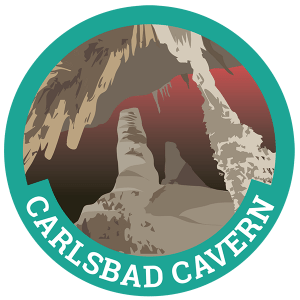 In New Mexico, see the big cave, Carlsbad Caverns National Park. The highlights here include: the self-guided natural entrance tour, with its mile long descent equivalent to the height of a 75 story skyscraper; the Big Room, with a floor space of 357,469 square feet; the Kings Palace tour named for a large castle-like formation in the center of the room (register in advance); and the nightly Bat Flight, which occurs in the early evening at the amphitheater near the main entrance. The cavern was first explored by Jim White in the late 1800s, many of the rooms and formations were named by him. Carlsbad Caverns became a National Park in 1930. Do get the audio tour which provides the history of the cave, how it was first explored, and much information you will not get from just the posted signs. Keep in mind there are two ways to enter and exit the Caverns: take the elevator, or walk.
In New Mexico, see the big cave, Carlsbad Caverns National Park. The highlights here include: the self-guided natural entrance tour, with its mile long descent equivalent to the height of a 75 story skyscraper; the Big Room, with a floor space of 357,469 square feet; the Kings Palace tour named for a large castle-like formation in the center of the room (register in advance); and the nightly Bat Flight, which occurs in the early evening at the amphitheater near the main entrance. The cavern was first explored by Jim White in the late 1800s, many of the rooms and formations were named by him. Carlsbad Caverns became a National Park in 1930. Do get the audio tour which provides the history of the cave, how it was first explored, and much information you will not get from just the posted signs. Keep in mind there are two ways to enter and exit the Caverns: take the elevator, or walk.
Wind Cave National Park, SD
In South Dakota, visit Wind Cave National Park, which was established in 1903 by President Theodore Roosevelt. Wind Cave is just the seventh U.S. National Park and it is the first cave anywhere to be designated a national park. Wind Cave comprises 140 miles of explored caves, making it the world’s fourth largest cave. There is a large natural grass prairie above. Highlights include: the boxwork formations visible on the hour-and-a-quarter Natural Entrance Tour; the easiest hour-long Garden of Eden Tour with more boxwork, as well as natural flow and cave popcorn; the Candlelight Cave Tour for the unlamped sections of the cave; and the above ground dramatic beauty of Beaver Creek Bridge. Animals to be seen include elk, black-footed ferrets, pronghorn, and prairie dogs, as well as the Wind Cave bison herd, is one of only four free-roaming and genetically pure herds on public lands in North America. The visitor center tells the story of the caves, the wildlife and the work of the Civilian Conservation Corps in the park.

